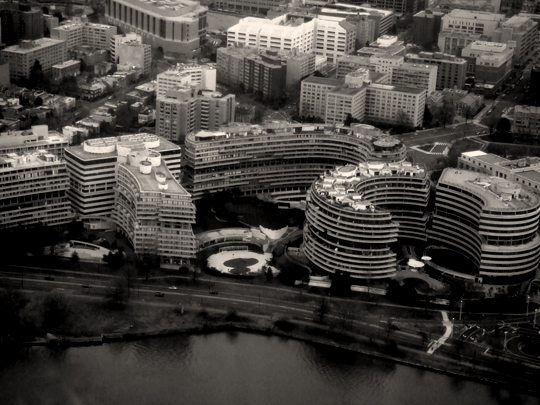By Carol M. Highsmith / Wikimedia Commons / CC-BY-SA-3.0 / GFDL
1 – The Watergate Scandal
This was a major political scandal in the United States following a break-in at the Democratic National Committee headquarters at the Watergate office complex in Washington, D.C.
After the conspiracy was discovered and investigated by the U.S. Congress, the Nixon administration’s resistance to its probes led to a constitutional crisis.
The illegal activities were actions such as bugging the offices of political opponents and people that Nixon or his officials were suspicious of.
Nixon and his close aides also ordered investigations of activist groups and political figures, using the F.B.I., C.I.A., and the I.R.S.
The scandal led to the discovery of multiple cases of abuse of power by the Nixon administration, an impeachment process against the president that led to articles of impeachment, and the resignation of Nixon.
The scandal also resulted in the indictment of 69 people, resulting in 48 being found guilty, many of whom were Nixon’s top administration officials.
The affair began with the arrest of five men for breaking and entering into the DNC headquarters at the Watergate complex on June 17, 1972.
The FBI investigated and discovered a connection between cash found on the burglars and a slush fund used by the Committee for the Re-Election of the President, the official organization of Nixon’s campaign.
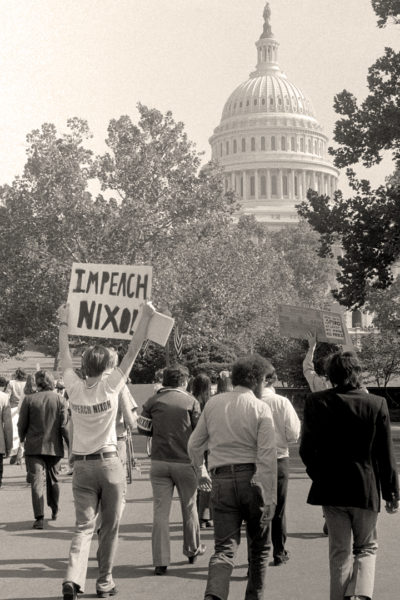
In July 1973, evidence mounted against the President’s staff, including testimony provided by former staff members in an investigation conducted by the Senate Watergate Committee.
The investigation revealed that President Nixon had a tape-recording system in his offices and that he had recorded many conversations.
After a protracted series of bitter court battles, the U.S. Supreme Court unanimously ruled that the president was obligated to release the tapes to government investigators, and he eventually complied.
These audio recordings implicated the president, revealing he had attempted to cover up activities that took place after the break-in and to use federal officials to deflect the investigation.
Facing virtually certain impeachment in the House of Representatives and the Senate, Nixon resigned the presidency on August 9, 1974. On September 8, 1974, his successor, Gerald Ford, pardoned him.
The 1976 film, All the President’s Men, immortalized the role played by Washington Post reporters Bob Woodward and Carl Bernstein, and their anonymous source, “Deep Throat”, in uncovering the scandal.
The suffix “-gate” has since become synonymous with scandals, political and otherwise, in the English-speaking world.
2 – Bloody Sunday: British Army Kills 14 Unarmed Civilians During a Civil Rights March
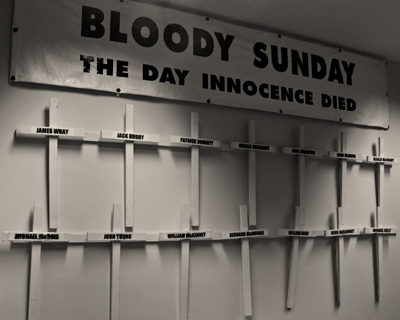
Bloody Sunday was an incident on January 30, 1972, in the Bogside area of Derry, Northern Ireland, when British soldiers shot 26 unarmed civilians during a peaceful protest march against internment.
Fourteen people died, with thirteen were killed outright, while another man died four months later due to his injuries.
Many of the victims were shot while fleeing from the soldiers and some were shot while trying to help the wounded.
Other protesters were injured by rubber bullets or batons, and two were run down by army vehicles. The march had been organized by the Northern Ireland Civil Rights Association.
Two investigations have been held by the British government. The Widgery Tribunal, held in the immediate aftermath of the incident, largely cleared the soldiers and British authorities of blame.
The report was widely criticized as a whitewash.
The Saville Inquiry was established in 1998 to reinvestigate the incident. Following a 12-year inquiry, Saville’s report was made public in 2010 and concluded that the killings were both “unjustified” and “unjustifiable”.
It found that all of those shot were unarmed, that none were posing a serious threat, that no bombs were thrown, and that soldiers “knowingly put forward false accounts” to justify their firing.
On the publication of the report, British prime minister David Cameron made a formal apology on behalf of the United Kingdom. Following this, police began a murder investigation into the killings.
Bloody Sunday was one of the most significant events of “the Troubles”. It was the highest number of people killed in a single shooting incident during the conflict.
3 – Munich Olympics Massacre
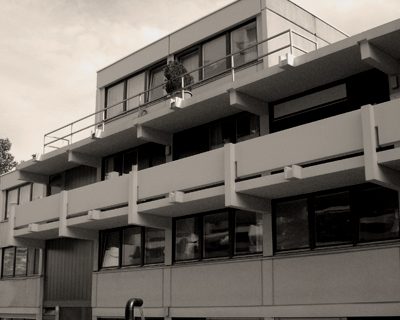
This was an attack during the 1972 Summer Olympics in Munich, West Germany.
Eleven Israeli Olympic team members were taken hostage and killed, along with a German police officer, by the Palestinian terrorist group Black September.
The group demanded the release of 234 prisoners jailed in Israel and the German-held founders of the Red Army Faction, Andreas Baader, and Ulrike Meinhof.
Black September called the operation “Iqrit and Biram”, after two Palestinian Christian villages whose inhabitants were expelled by the IDF in 1948.
The attack was motivated by secular nationalism, with the commander of the terrorist group, Luttif Afif, having been born to Jewish and Christian parents.
Police officers killed five of the eight Black September members during a failed rescue attempt. They captured the three survivors, whom West Germany later released following hijacked Lufthansa Flight 615 in October.
Mossad responded to the release with the 1973 Israeli raid on Lebanon and Operation Wrath of God, tracking down and killing Palestinians suspected of involvement in the massacre.
4 – The Andes Flight Disaster – Passengers Ate the Deceased to Survive
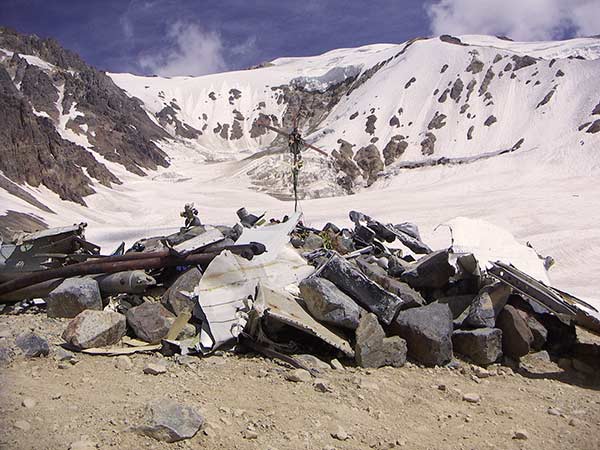
Uruguayan Air Force Flight 571 was a chartered flight carrying 45 people, including a rugby union team, their friends, family, and associates, that crashed in the Andes on October 13, 1972.
The incident is known as the Andes flight disaster and, in the Hispanic world and South America, as the Miracle of the Andes (El Milagro de Los Andes).
More than a quarter of the passengers died in the crash and several others quickly succumbed to cold and injury.
Another eight were killed by an avalanche that swept over their shelter in the wreckage a few days after the accident.
The last 16 survivors were rescued on December 23, 1972, more than two months after the crash. The survivors had little food and no source of heat in the harsh conditions at over 11,800 ft altitude.
Faced with starvation and radio news reports that the search for them had been abandoned, the survivors fed on the bodies of dead passengers that had been preserved in the snow.
Rescuers did not learn of the survivors until 72 days after the crash when Nando Parrado and Roberto Canessa, after a 10-day trek across the Andes, found Chilean Sergio Catalán, who fed them and alerted the authorities.
5 – Sgt. Shoichi Yokoi is Found after Hiding in a Guam Jungle Since World War II
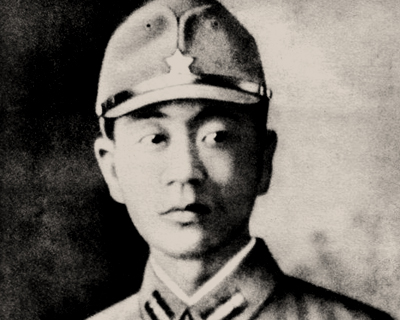
Shōichi Yokoi was a Japanese sergeant in the Imperial Japanese Army during the Second World War. He was among the last three Japanese holdouts to be found after the end of the war.
Yokoi was found hiding in the jungles of Guam on 24 January 1972, almost 28 years after US forces had regained control of the island in 1944.
Despite hiding in an underground jungle cave until found, he had known since 1952 that World War II had ended.
He feared coming out of hiding, due to Japanese soldiers being told to prefer death to the disgrace of getting captured alive.
Yokoi died of a heart attack, aged 82, in 1997. He was buried in Nagoya, under a gravestone that had originally been commissioned by his mother in 1955, after Yokoi had been officially declared dead.
6 – Operation Linebacker II – the Heaviest American Bombing of North Vietnam
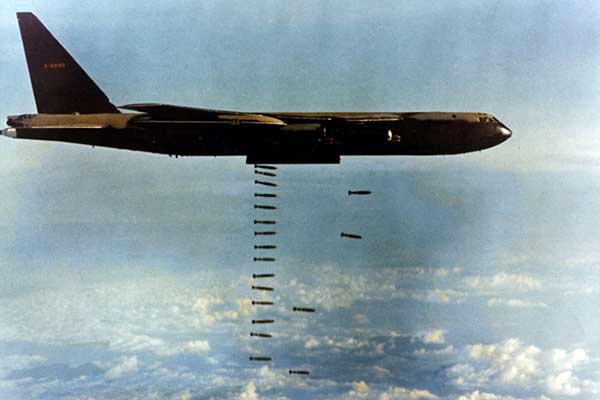
Operation Linebacker II was a US Seventh Air Force and US Navy Task Force 77 aerial bombing campaign, conducted against targets in North Vietnam, during the last period of US involvement in the Vietnam War.
‘Linebacker II’ was a large-scale bombing campaign attempting to destroy major target complexes in the Hanoi and Haiphong areas.
The operation was conducted from 18 to 29 December 1972. It saw the largest heavy bomber strikes launched by the US Air Force since the end of World War II.
‘Linebacker II’ was a modified extension of the Operation Linebacker bombings conducted from May to October, with the emphasis shifting to attacks by B-52s rather than smaller tactical fighter aircraft.
7 – Seven Men Escape from the Prison Ship HMS Maidstone in Northern Ireland
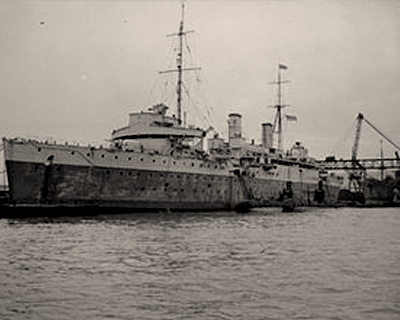
This event was one of the most daring escapes by Irish Republican Prisoners of War.
A group of prisoners, dubbed the ‘Magnificent Seven’, captured headlines with their escape from the Maidstone prison ship on January 17, 1972.
The prisoners smeared themselves with butter as a precaution against the cold, daubed themselves with boot polish, and then cut a bar on the ship’s porthole using a fret saw and slipped through.
They climbed down the Maidstone’s steel mooring cable and swam the 400 yards to shore through the bitterly cold water.
After reaching land, the men commandeered a bus and headed for a staunchly republican area of Belfast pursued by a British Army Land Rover to seek refuge.
The British Army claimed on television that the escapees were surrounded and could not getaway. They went on to say they would go into the republican stronghold the following morning and arrest them.
However, by then, the escapees were watching the news broadcast in another area of Belfast. The following day, the British Army ransacked houses in the area, but no escapees were found.
The British Army took their anger out on the locals, with 25 men detained for interrogation. Within a week, the escapees gave a famous press conference in Dublin, Republic of Ireland.
8 – Martin Bormann’s Skeleton Found in Berlin
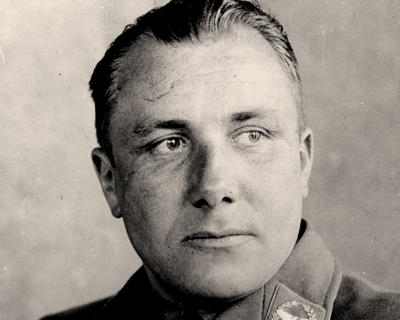
Bormann was a prominent official in Nazi Germany as head of the Nazi Party Chancellery.
He gained immense power within the Third Reich by using his position as Adolf Hitler’s private secretary to control the flow of information and access to Hitler.
After Hitler committed suicide in his bunker, Bormann and others attempted to flee Berlin on May 2, 1945, to avoid capture by the Soviets. It is presumed Bormann committed suicide on a bridge near Lehrte station.
The body was buried nearby on May 8, 1945, but it was not found and confirmed as genuine until 1972. Bormann was tried in absentia by the International Military Tribunal in the Nuremberg trials of 1945 and 1946.
On 7 December 1972, construction workers uncovered human remains near Lehrte station in West Berlin.
Fragments of glass were found in the jaws of both skeletons, suggesting they had committed suicide by biting cyanide capsules.
Bormann’s dental records were reconstructed from memory by Dr. Hugo Blaschke and matched one of the skeleton’s.
Damage to the collarbone was consistent with injuries Bormann’s sons reported he had sustained in a riding accident.
Composite photographs, where images of the skulls were overlaid on photographs of the men’s faces, were completely congruent.
The facial reconstruction was undertaken in early 1973 on both skulls to confirm the identities of the bodies.
Shortly afterward, the West German government declared Bormann dead. The family was not permitted to cremate the body, in case further forensic examination later proved necessary.
The remains were conclusively identified as Bormann’s in 1998 when German authorities ordered genetic testing on fragments of the skull.
Tests using DNA from one of his relatives identified the skull as that of Bormann. Bormann’s remains were cremated and the ashes were scattered in the Baltic Sea on August 16, 1999.


